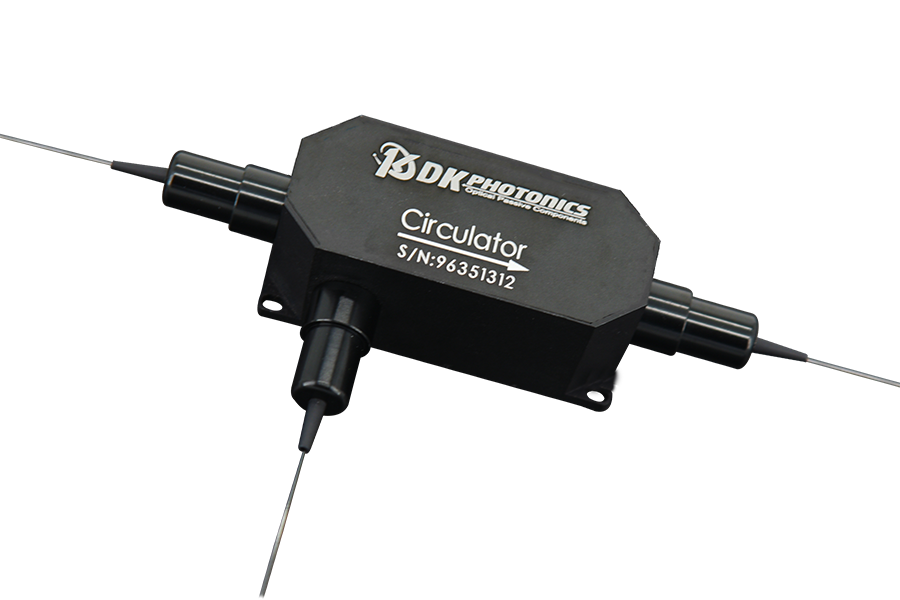Today, we mainly depend on telecommunications networks for everything from internet access to phone conversations.
These telecom networks quickly transfer massive volumes of data over great distances by utilizing modern optical fiber technology.
Special components like polarization maintaining optical circulators play a vital role in enabling this ultra-fast fiber optic communication.
This blog post will explain the key applications of these circulators in simple terms.
What are Optical Circulators?
Let’s understand what an optical circulator is. It is a type of reciprocal multi-port device used in fiber optic setups. Its unique design allows light signals to travel only in one direction while blocking them in the other.
For example, in a 3-port circulator, light enters Port 1 and exits from Port 2, while light entering Port 2 is guided out through Port 3. But light can never travel backward from 3 to 2 or 2 to 1.
Polarization Maintaining Feature
Now, polarization-maintaining optical (PM) circulators have an additional special capability. They can preserve the polarization state of the light signals passing through them in either direction.
Polarization refers to the orientation of the light wave’s oscillations. Maintaining this polarization quality is crucial for many optical fiber applications that require polarized light.
Polarization-maintaining optical circulators achieve this using special materials and manufacturing techniques that create deliberate stress zones inside the device. This allows polarized light to propagate without any polarization distortions.
Key Telecom Applications of Polarization Maintaining Optical Circulators:
Optical Amplifiers
Fiber optic signals degrade in strength over long distances due to attenuation losses in the cables. That’s why optical amplifiers are installed periodically to boost the signal intensity.
PM circulators play an important part in these amplifier setups. They route the fiber signal through the amplifier while blocking any counter-propagating noise or reflections. This improves signal quality and amplifier performance.
Fiber Optic Sensors
Many modern fiber optic sensors make use of polarization effects to detect physical quantities like strain, pressure, temperature, etc. PM circulators are employed to precisely control the polarization states required.
Their ability to separate forward and backward light paths is also utilized. The forward light probes the sensing region, while the return light carries the sensing information for signal processing.
Laser Systems
Telecom lasers are used as light sources for transmitting optical fiber signals. Polarization-maintaining optical circulators have applications in isolating the laser output, blocking feedback reflections, and transmitting laser light for monitoring and control purposes.
For example, they can divert part of the laser output to a power monitoring detector while sending the main beam into the fiber with the right polarization. This improves laser stability and reliability.
Polarization Division Multiplexing
Polarization Division Multiplexing (PDM) is an advanced technique to increase optical fiber bandwidth capacity by transmitting two polarized signals simultaneously on the same fiber.
Polarization-maintaining optical circulators enable key functions in PDM setups. They are like separating the polarized channels, blocking polarization crosstalk between them, and monitoring individual channel powers precisely.
Conclusion
Polarization maintaining optical circulators enables several key capabilities that drive modern high-bandwidth telecommunications infrastructure. Their unique light directing and polarization control features are leveraged across critical fiber optic systems.


Leave A Comment